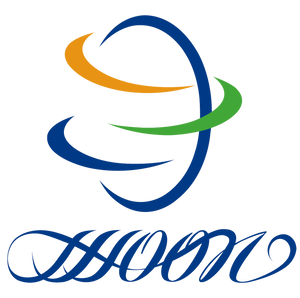
The research on artificial turf has been carried out since its birth. The test confirmed that the correct coloring process of artificial turf is very important if it is to make it indistinguishable from the natural lawn. That is to say, the artificial turf combination pigment determines the degree of simulation of the grass.
In actual production, iron oxide pigments are generally used in combination with indigo organic pigments. This pigment is cost-effective, extremely light-resistant and weather-resistant, and does not have the slightest color intensity throughout the life of the lawn. Decline; more importantly, it also matches the natural color of the lawn. In general, PP grass blades of artificial turf can produce rich green with only one to four percent by mass of pigment. The entire process is very easy to achieve, and after micronization in the manufacturing process, it is converted into a very fine powder form which is easily dispersed in the matrix product. Since the surface of the pigment particles is coated with a special protective layer, it maintains good thermal stability and high temperature resistance.
The artificial turf is a kind of non-living substance made of polyethylene, polypropylene and other polymers as raw materials. It can not carry out the metabolic activities of green plants, and it does not have the effect of regulating the balance of carbon and oxygen in the atmosphere. Although artificial turf can block dust to a certain extent, it does not have the function of absorbing toxic gases to purify the atmosphere. Moreover, artificial turf does not need to absorb the necessary fertilizers, water and other resources like natural turf. It can meet the high-intensity sports needs of 24 hours a day, and it is simple to maintain, drains quickly, and the site is flat. It is a beautifying environment and sports venue. The ideal material.





